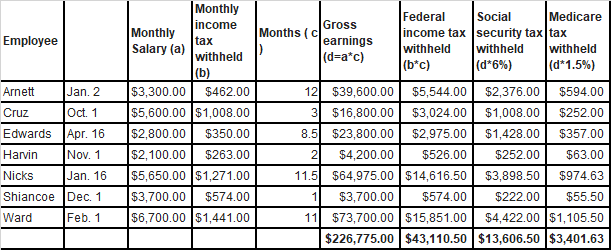Balance sheet basically means the debts and assets of a company. Whether a company is liquid or bankrupt is largely determined by the balance sheet. If a company is solvent, it has enough cash to pay off its debts. But if a company is bankrupt, it doesn't. The balance sheet is used to measure financial health of a company, and most lenders have access to this important document to make an informed decision on a company's creditworthiness. Balance sheet generally includes the following details: assets: Companies need assets in the form of cash, marketable securities, fixed assets and equipment. Typically, companies also have long-term assets which have cost estimates as to when they will be used. In addition to assets, the balance sheet also includes any debt outstanding.
Companies need assets in the form of cash, marketable securities, fixed assets and equipment. Typically, companies also have long-term assets which have cost estimates as to when they will be used. In addition to assets, the balance sheet also includes any debt outstanding. liabilities: A company has liabilities that are in the form of bank loans, employee compensation, inventory, and assets. The total amount of a company's liabilities is called the net-worth.
A company has liabilities that are in the form of bank loans, employee compensation, inventory, and assets. The total amount of a company's liabilities is called the net-worth. cash: Companies need cash for operating purposes and long-term investments. The cash balance reflects how much cash a company has in the bank after paying for current expenses. Often, banks require companies to maintain a cash-to-debt ratio of at least 1:1, meaning that they must have cash equivalent of at least 1 year of debt servicing.


Comments
Post a Comment